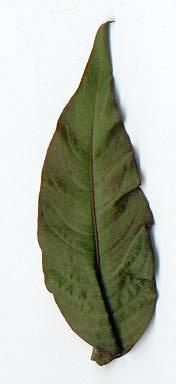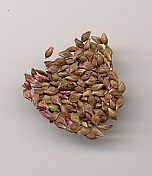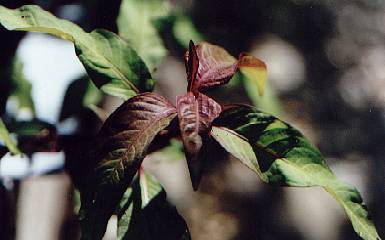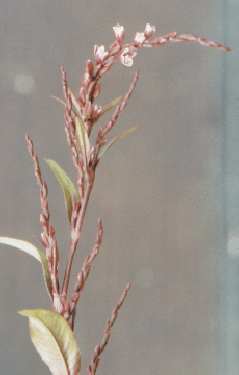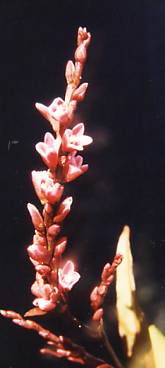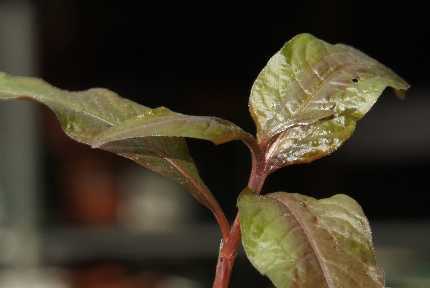
|
| Water pepper |
Since water pepper has not any specific taste beside its pungency, it is well suited for Japanese cookery (see also. Japanese cooks love water pepper for soups and salads, to which it lends certain pungency without masking the subtle flavour of see weed or fish. Water pepper can also be used to garnish sushi (see wasabi).
Water pepper seeds, although not used traditionally
in any cuisine I know, have a strong, almost anaesthetic,
pungency, which makes them an interesting spice
and well worth trying. They somewhat remind to the
Tasmanian peppercorns; although they
lack the latter’s sweet flavour, they make an almost perfect
substitute. Water pepper seeds have been used as a substitute for
black pepper in Germany in the years
after World War II, but are not commercially available nowadays.
